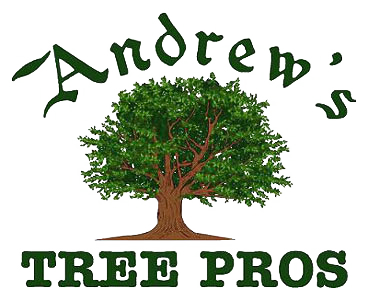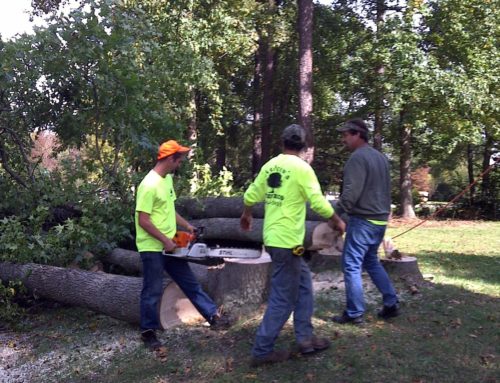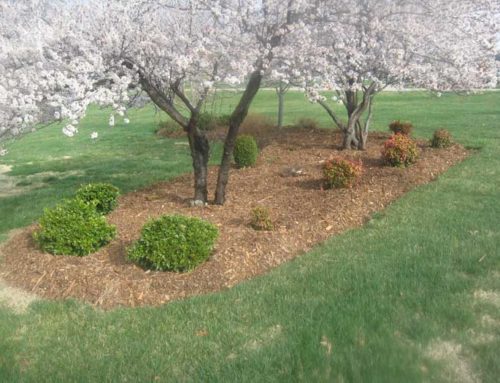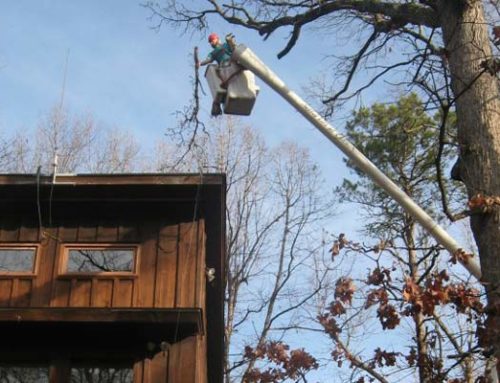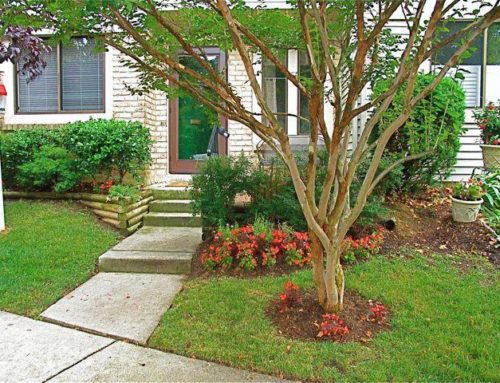Tree branches attach to each other in three main ways: collared, collarless, and codominant unions. Each has a recommended trimming method to prevent regrowth and limit the spread of decay. Improperly trimmed branches may regrow, sprout, or spread decay to the rest of the tree. These are a few of the different types of cuts.
- Thinning: A more drastic form of pruning, a thinning out cut is the removal of an entire shoot, limb, or branch at its point of origin. This is usually employed to revitalize a plant by removing over-mature, weak, problematic, and excessive growths. When performed correctly, thinning encourages the formation of new growth that will more readily bear fruit and flowers. This is a common technique in pruning roses and for implifying and “opening-up” the branching of neglected trees, or for renewing shrubs with multiple branches.
- Topping: is a very severe form of pruning which involves removing all branches and growths down to a few large branches or to the trunk of the tree. When performed correctly it is used on very young trees, and can be used to begin training younger trees for pollarding or for trellising to form an espalier.
- Raising & Reduction: Raising removes the lower branches from a tree in order to provide clearance for buildings, vehicles, pedestrians, and vistas. Reduction reduces the size of a tree, often for clearance for utility lines. Reducing the height or spread of a tree is best accomplished by pruning back the leaders and branch terminals to lateral branches that are large enough to assume the terminal roles (at least one-third the diameter of the cut stem). Compared to topping[disambiguation needed], reduction helps maintain the form and structural integrity of the tree.
There are three main reason for Trimming & Pruning Trees: aesthetic purposes, safety concerns, or to maintain tree health. Removing dead limbs improve trees’ health, appearance, and creates a safer environment under the tree. Raising a tree’s canopy and thinning its crown opens up a landscape and decreases the load of the tree during high wind.
- Dead-wooding: Branches die off for a number of reasons ranging from light deficiency, pests and disease damage to root damage. A dead branch will at some point decay back to the parent stem causing abscission and fall off. This is normally a slow process but can be shortened by high winds and extremities of temperature. Therefore the main reason deadwooding is carried out is safety. The situations that usually demand such removal would normally be trees that overhang public roads, houses, public areas and gardens. Another reason for deadwooding is amenity value, i.e. a tree with a large amount of dead throughout the crown looks more aesthetically pleasing with the deadwood removed. The physical practice of deadwooding can be carried out most of the year although preferably not when the tree is coming into leaf. It will help remove unwanted weight; wind resistance the tree carries and can help the overall balance.
- Crown & Canopy Thinning: Increase light and reduce wind resistance by selective removal of branches throughout the canopy of the tree. This is a common practice which improves the tree’s strength against adverse weather conditions as the wind can pass through the tree resulting in less “load” being placed on the tree.
- Crown & Canopy Lifting: Crown lifting involves the removal of the lower branches to a given height. The height is achieved by the removal of whole branches or removing the parts of branches which extend below the desired height. The branches are normally not lifted to more than one third of the tree’s total height. Crown lifting is done for access; these being pedestrian, vehicle or space for buildings and street furniture. Lifting the crown will allow traffic and pedestrians to pass underneath safely. When a branch is removed from the trunk, it creates a large wound. This wound is susceptible to disease and decay, and could lead to reduced trunk stability. Therefore much time and consideration must be taken when choosing the height the crown is to be lifted to. This procedure should not be carried out if the tree is in decline, poor health or dead, dying or dangerous (DDD) as the operation will remove some of the photosynthetic area the tree uses. This will increase the decline rate of the tree and could lead to death.
